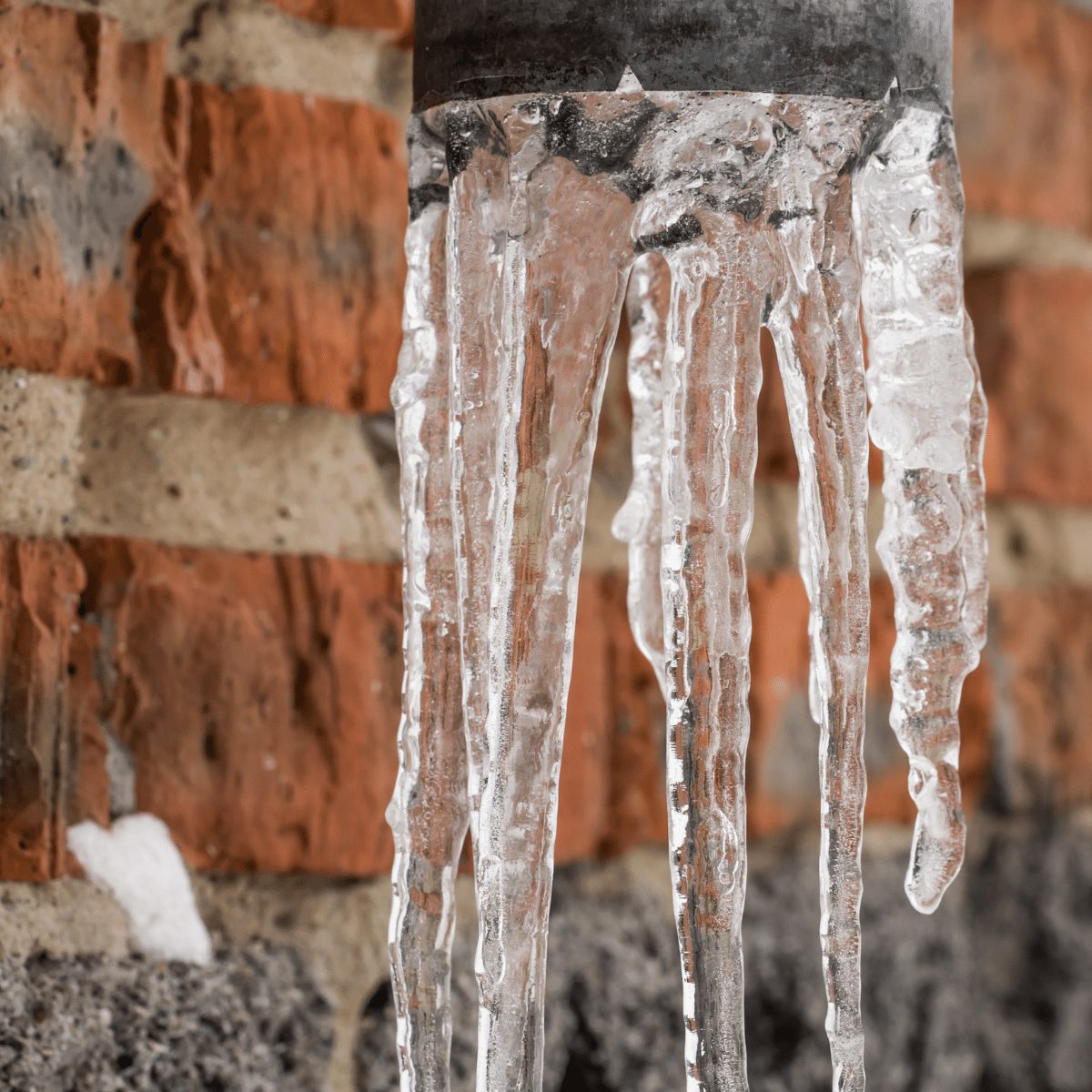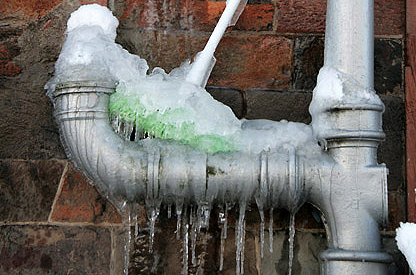Preventing Frozen Pipes in Winter: Professional Strategies
Preventing Frozen Pipes in Winter: Professional Strategies
Blog Article
Have you been in search of guidance concerning How to Prevent Your Pipes From Freezing?

Cold weather can damage your pipes, especially by freezing pipes. Right here's just how to prevent it from taking place and what to do if it does.
Introduction
As temperatures decrease, the danger of frozen pipelines boosts, possibly bring about pricey repair work and water damage. Recognizing how to prevent icy pipelines is vital for property owners in chilly environments.
Recognizing Icy Pipes
What triggers pipes to ice up?
Pipelines ice up when revealed to temperature levels below 32 ° F (0 ° C) for prolonged durations. As water inside the pipes freezes, it expands, taxing the pipeline wall surfaces and possibly causing them to rupture.
Threats and damages
Icy pipes can cause water disturbances, residential property damage, and expensive fixings. Burst pipes can flooding homes and trigger extensive architectural damages.
Signs of Frozen Pipes
Identifying frozen pipes early can avoid them from rupturing.
Exactly how to identify frozen pipelines
Look for reduced water circulation from faucets, unusual odors or noises from pipes, and noticeable frost on revealed pipes.
Avoidance Tips
Shielding prone pipelines
Wrap pipelines in insulation sleeves or utilize heat tape to secure them from freezing temperature levels. Focus on pipelines in unheated or exterior locations of the home.
Home heating techniques
Keep indoor rooms effectively heated, especially locations with plumbing. Open up cabinet doors to allow cozy air to circulate around pipelines under sinks.
Protecting Outside Plumbing
Garden hose pipes and exterior faucets
Separate and drain pipes garden pipes before winter. Mount frost-proof faucets or cover outside faucets with insulated caps.
What to Do If Your Pipelines Freeze
Immediate actions to take
If you suspect frozen pipelines, maintain faucets open to ease pressure as the ice thaws. Use a hairdryer or towels taken in hot water to thaw pipes gradually.
Long-Term Solutions
Structural modifications
Think about rerouting pipelines far from exterior wall surfaces or unheated locations. Include additional insulation to attic rooms, basements, and crawl spaces.
Upgrading insulation
Invest in high-quality insulation for pipes, attics, and wall surfaces. Appropriate insulation aids preserve constant temperature levels and reduces the threat of icy pipes.
Conclusion
Stopping frozen pipelines requires aggressive measures and quick reactions. By understanding the reasons, indicators, and preventive measures, house owners can secure their plumbing throughout cold weather.
6 Proven Ways to Prevent Frozen Pipes and Protect Your Home
Disconnect and Drain Garden Hoses
Before winter arrives, start by disconnecting your garden hoses and draining any remaining water. Close the shut-off valves that supply outdoor hose bibs and leave the outdoor faucet open to allow any residual water to drain. For extra protection, consider using faucet covers throughout the colder months. It’s also important to drain water from any sprinkler supply lines following the manufacturer’s directions.
Insulate Exposed Pipes
Insulating your pipes is an effective way to prevent freezing. Pipe insulation is readily available at home improvement stores and is relatively inexpensive. Pay close attention to pipes in unheated areas such as the attic, basement, crawl spaces, or garage. Apply foam insulation generously to create a buffer against the cold. You can also wrap your pipes in heat tape or thermostat-controlled heat cables for added warmth.
Seal Air Leaks
Inspect your home for any cracks or openings that could let in cold air. Seal any holes around the piping in interior or exterior walls, as well as the sill plates where your home rests on its foundation. Additionally, make sure to keep your garage door closed unless you’re entering or exiting. Leaving it open creates a significant air leak that can lead to frozen pipes.
Allow Warm Air Circulation
During cold snaps, it’s essential to allow warm air to circulate evenly throughout your home. Leave interior doors ajar to promote better airflow. Open kitchen and bathroom cabinets to help distribute heat consistently around the rooms. If you have small children or pets, be sure to remove any household chemicals or potentially harmful cleaners from open cabinets for safety.
Let Faucets Drip
A small trickle of water can make a big difference in preventing ice formation inside your pipes. When temperatures drop significantly, start a drip of water from all faucets served by exposed pipes. This continuous flow helps prevent the water from freezing. Additionally, running a few faucets slightly can relieve pressure inside the pipes, reducing the chances of a rupture if the water inside does freeze.
https://choateshvac.com/6-proven-ways-to-prevent-frozen-pipes-and-protect-your-home/

I hope you enjoyed our excerpt on Preventing and dealing with frozen pipes. Thank you so much for taking a few minutes to read our post. Enjoyed our write up? Please quickly share it. Let others discover it. We enjoy your readership.
Call Today Report this page